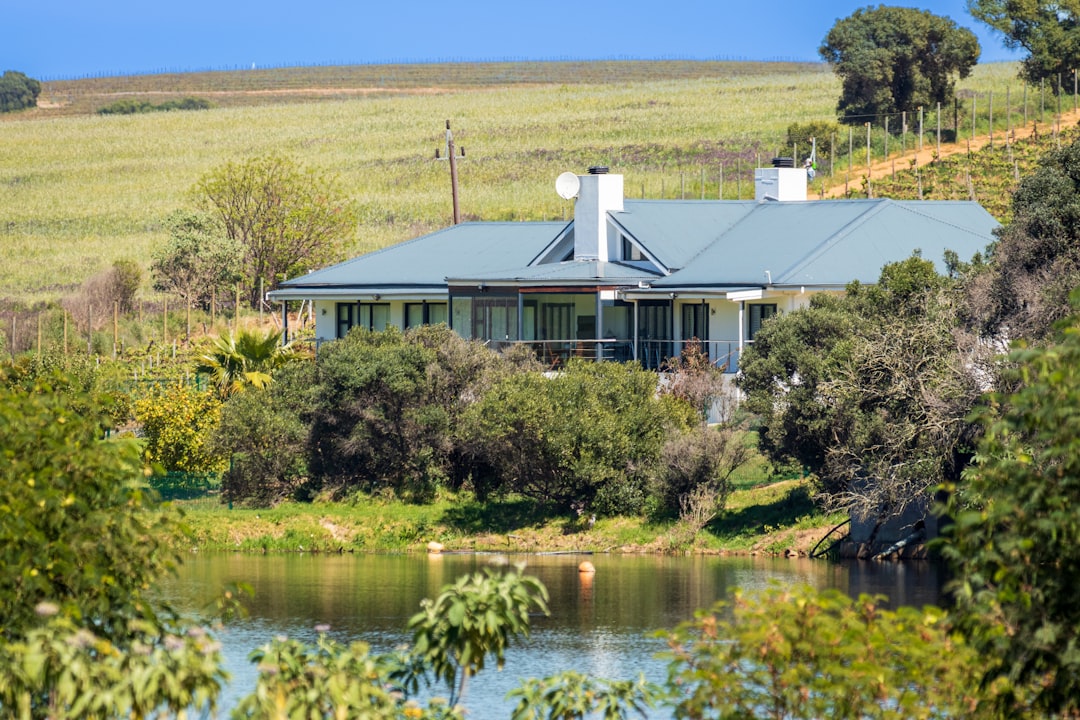What is it about?
The influence of prior exposure to an altered sensory environment on subsequent subjective time estimation was the focus of the present study. It was hypothesized that the more varied the sensory environment (i.e., perceptual overload versus perceptual deprivation), the longer the time that is verbally estimated, and the shorter the time estimation obtained by the method of production. This hypothesis was supported for the data gathered by the latter method, but not by the former one, in a 3 x 4 factorial design employing 96 subjects, who were exposed to various combinations of auditory and visual stimulation. The conclusion drawn is that visual and auditory stimulation interact in their production of an altered sensory environment, and that the rate of functioning of the cognitive timer is environment dependent.
Featured Image
Why is it important?
See also the following chapter: Glicksohn, J., & Myslobodsky, M. S. (2006). What it takes to remember the future. In J. Glicksohn & M. S. Myslobodsky (Eds.), Timing the future: The case for a time-based prospective memory (pp. 263-306). London: World Scientific.
Perspectives
The second paper stemming from my doctorate, presenting the influence of environmental stimulation (perceptual deprivation, perceptual overload) on time estimation (time production). The paper implicitly presents an example of bidirectionality, whereby conditions of perceptual deprivation and overload are partly defined (determined) by the actual pattern of results obtained.
Professor Joseph Glicksohn
Bar-Ilan University
Read the Original
This page is a summary of: Subjective Time Estimation in Altered Sensory Environments, Environment and Behavior, September 1992, SAGE Publications,
DOI: 10.1177/0013916592245004.
You can read the full text:
Contributors
The following have contributed to this page










